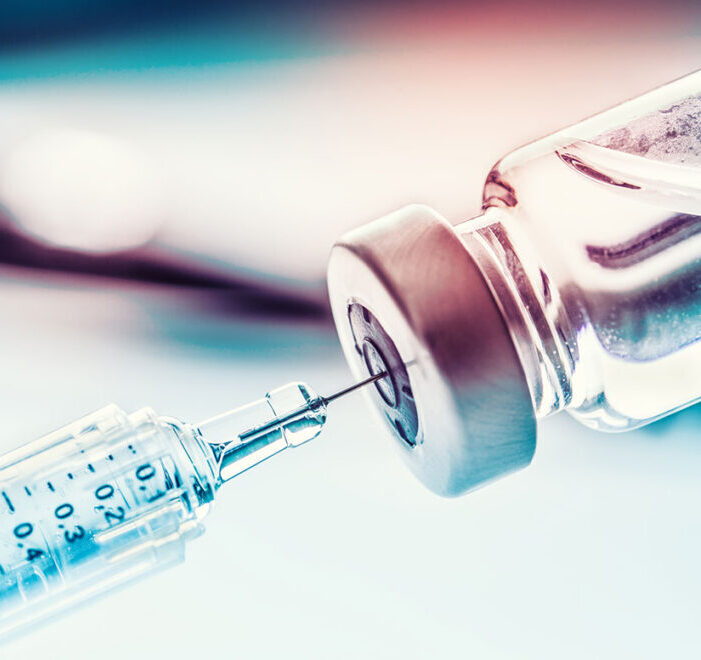(Listen to the interview here.)
Q 1. What does the surge mean for the next few months?
-
Answer: It is a worrisome situation, well over 2,000 people dying a day, a record number of cases, hospitalizations growing in many parts of the country with some places exceeding hospital capacity, patients need to be moved, and people waiting longer for care. It is going to continue especially during the holiday season. It could get worse. The vaccine is great to have but we don’t have enough vaccine to make a dent in the number of deaths for at least a couple of months.
Q 2: What did you think about Operation Warp Speed and how it played out?
-
Answer: Operation Warp Speed is the administration’s effort to produce safe, effective COVID-19 vaccines, get them approved, and produce 300 million doses. It is a remarkable accomplishment, vaccines normally take a long time to develop. Here we have over three hundred thousand people dying in the USA and over a million in the world. It is important to get a vaccine. The reason it happened so quickly is because of the scientific advancement and government funding. OWS would not have been as successful without generous government support from the start. The project was able to include many steps concurrently, steps that are usually sequential.
Q 3: Is an Emergency Use Authorization enough to guarantee safety?
-
Answer: Typically there’s a process for approving drugs, tests and vaccines but during an emergency FDA has some flexibility. The standard applied can vary from the usual standard. It is up to FDA to define the standard to apply during an emergency. For the COVID vaccine, the standard FDA approved was the same which is required for full approval. The study involved 46,000 patients that tested the vaccine. FDA asked for two full months of safety data before giving authorization. They typically ask for 6 months of data for full approval. The reason approval was given after two months is because there is nothing different expected between two and six months. By two months you see the initial side effects and delayed immune side effects. It would be unusual for an issue to become between two and six months. So yes, I’m good with this EUA.
Q 4: In the study what is the representation of age and gender, race, ethnicity
Q 5: What are the side effects expected from the vaccine?
Q 6: With the clinics thru the Pharmacy Partnership program, setting up in partner sites, eg homes, assisted livings, 202 sites, and all staff and residents are getting vaccinated. We should plan for some staff not feeling well. What can we do about that?
Q 7: How do we build confidence particularly among staff who might be reluctant to accept the vaccine?
-
Answer: Be honest with them about what is known about the vaccine and disease. Remember the counterfactual. Unfortunately, many staff have died and many have long term effects. It is a balance between accepting a vaccine that was tested with tens of thousands of people and reviewed by FDA and independent power of experts and deemed to be safe and effective…versus choosing to take the very real risk of being infected with a deadly virus.
Q 8: Is the virus mutating?
-
Answer: Yes, the virus does mutate, that’s how you can trace which strain infected which people but the mutations are very small and they are not going to affect the vaccine. They designed the vaccine around the most important part of the virus which is the protein the virus uses to get into the human cells.
Q 9: How effective is the vaccine for people who have had COVID and recovered, what is recommended for them?
Q 10: Can people still have contagious viral shedding, will we still need to be testing staff even after we have the vaccine?
Q 11: Is this a live vaccine that is being administered?
Q 12: If a patient gets a Pfizer vaccine but the only second shot available is the Moderna one . Is it possible to get two different variances of the vaccine?

 Shutdown Week Three: Impact of Ongoing Closure on Affordable Housing
Shutdown Week Three: Impact of Ongoing Closure on Affordable Housing CMS Debuts Models: ACCESS, ELEVATE and LEAD
CMS Debuts Models: ACCESS, ELEVATE and LEAD


